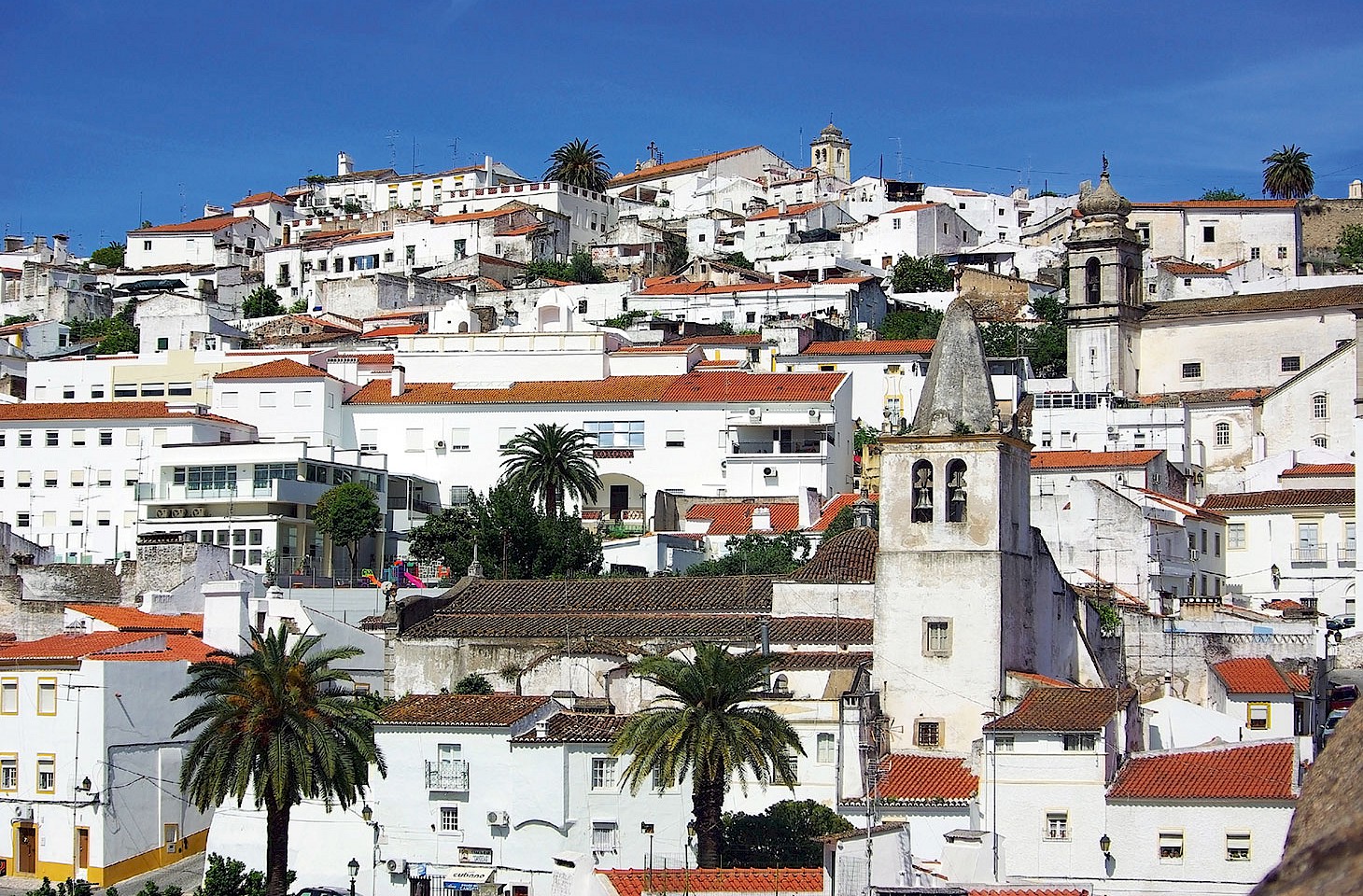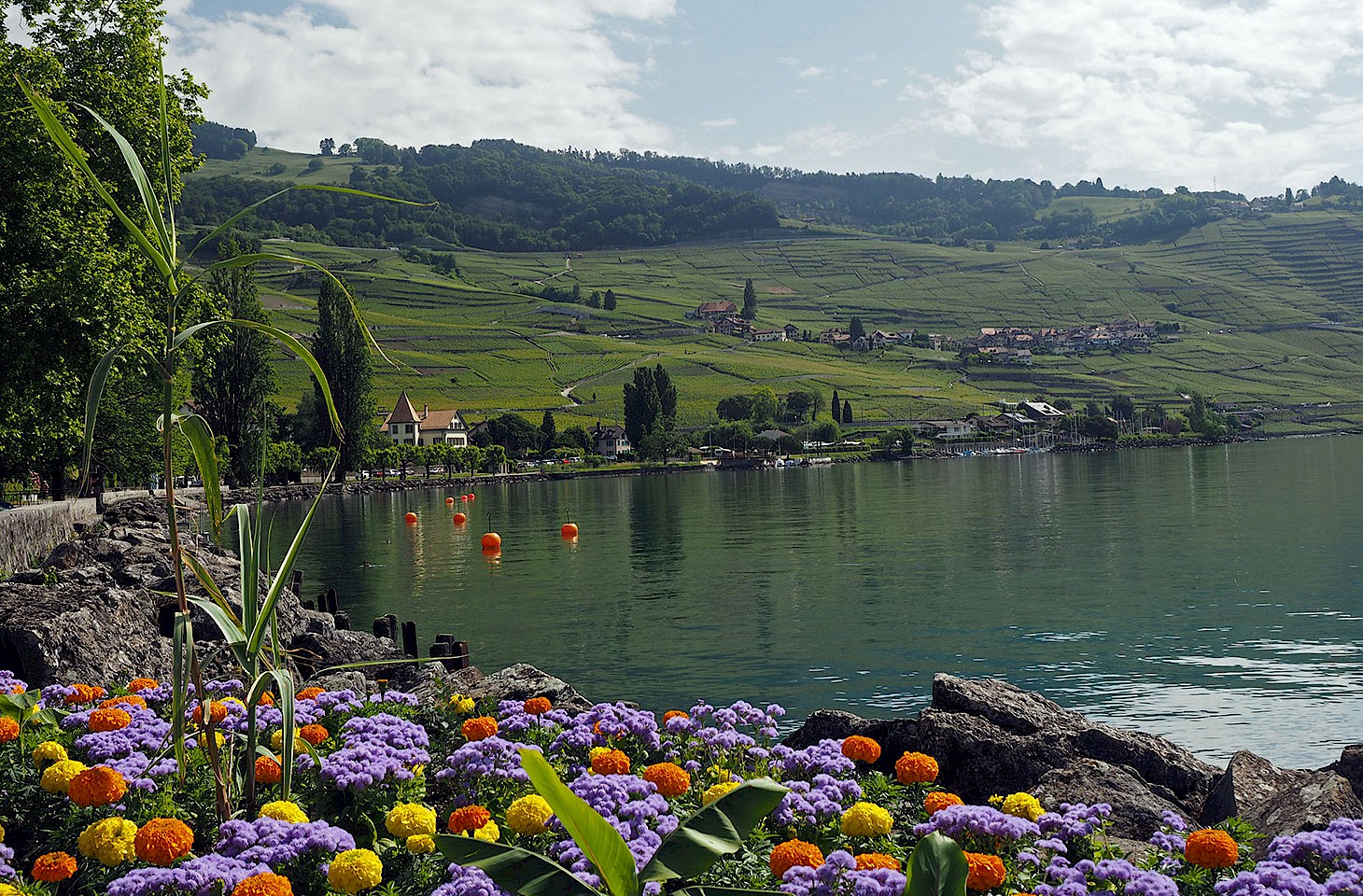Where were we? Ah, yes, Dresden. That was for our last Letter from Europe. Travelling through eastern Germany last week, we changed trains at Weimar. That's always a name to make you think. Does Weimar not evoke all sorts of associations to fire the imagination? That edgy period when cultural horizons were redefined in a decade of divine decadence.
The boundaries of politics and sexual behaviour were provocatively challenged during the Weimar years. But not in Weimar. Sally Bowles opted for Berlin, not Weimar.
The railway station in Weimar is a neoclassical confection, quite grand in its own peculiar way. For detainees being transported in 1944 to the Nazi concentration camp at Buchenwald, on a purpose-built branch line just ten kilometres from Weimar, that station building at Weimar was perhaps a last glimpse of a Germany that had once affected to cultivate the values and traditions of the classical world. Plaques in Weimar station proclaim its status as a Kulturbahnhof: a railway station of culture.
Culture, we discovered, does not make the trains run on time. Our onward connection was an hour late, but that gave us the chance to think on Weimar. Judging from the numbers of visitors we saw alighting on the trains arriving from Berlin and elsewhere, Weimar evidently pulls the crowds. But why? Few of the good things associated with the Weimar years were connected with Weimar itself. The short-lived Weimar Republic spawned political, economic and cultural innovation, but these virtuous endeavours were rarely rooted (or even discernible) in the town in Thuringia that gave its name to the Republic. Berlin was the fountain of German modernity - not Weimar.
Bauhaus connections
True, the Bauhaus exhibition held in Weimar in 1923 had one specific building that powerfully shaped the architectural imagination. That was the Haus am Horn, which can still be visited in Weimar today. But the German state of Thuringia was ultimately unsympathetic to modernity. Even as the Haus am Horn was being built, the forces of conservatism were closing in on Walter Gropius' Bauhaus. The college's funding was savagely cut and in 1925 the Bauhaus relocated to Dessau. Yet we still give the city of Weimar the benefit of the doubt, somehow conflating the city in Thuringia with all that was interesting about the period of German history known as the Weimar Republic. The architectural culture of the Weimar years was most certainly something special. But the new topographies of class and the new conceptions of urban space that developed in Germany in the 1920s evolved in spite of the city of Weimar and its region. Thuringia, mired in classicism and generally slow to embrace anything new, was hostile to such innovation.
Weimar most certainly has very much to offer. Stick with us, and we shall say a little more about Weimar before too long. In the last quarter of the eighteenth century - the golden age of Weimar classicism - the enlightened rulers of the Duchy of Saxe-Weimar were thoughtful patrons of literature, music and the arts. Goethe and Schiller were among their beneficiaries. It is that historical context that makes modern Weimar interesting.
But if you are looking to understand the Weimar years of 20th-century Germany, you'll search in vain in the Thuringian city for any hint of all that is associated with those years. Weimar was (and is) conservative rather than bohemian. It was (and is) a place for classical concerts rather than cabaret. The crowds in Berlin and other German cities certainly took to the streets during the Weimar years, the currents and eddies of political debate and protest often overflowing into dreadful violence. There was turmoil in many great urban centres in the 1920s, and those in power trembled at the spectre of mass uprisings on the streets.
Not in Weimar, though.
Nicky Gardner and Susanne Kries
(editors, hidden europe magazine)



